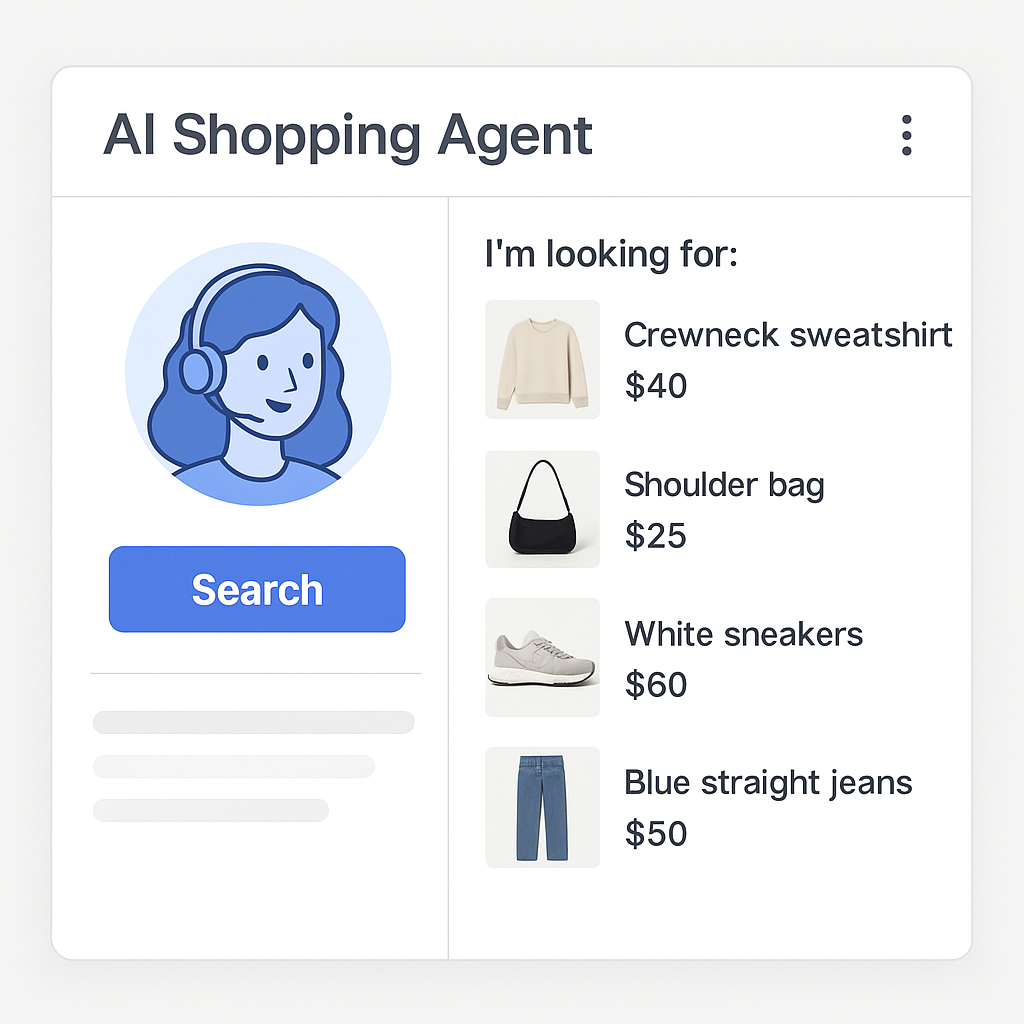Today’s post looks at Duolingo — a DTC ed-tech brand with a massive global user base and a freemium model that’s become the standard for language learning apps. The stock has pulled back roughly 65% from its $545 peak this past May, and while this isn’t an investment breakdown, it’s obvious that the market now values one thing above almost everything else: Duolingo’s AI engine and how it scales.
I see two product-led partnership opportunities that could help accelerate that engine:
- A WhatsApp integration that brings Duolingo’s AI Roleplay experience directly into the world’s most-used messaging app
- a fintech-driven rewards program with platforms like PayPal or Revolut to improve LTV/CAC by incentivizing consistent learning behavior.
The WhatsApp idea is the core focus here. The concept is simple: enable language learners to practice short, AI-powered conversations inside WhatsApp — where people already spend a significant portion of their daily screen time. This turns messaging into micro-practice, strengthens daily engagement, and meaningfully improves the value of their emerald customers in Duolingo Max.
Given Duolingo’s scale and WhatsApp’s dominance in markets like India and Brazil (~1B combined users), an initiative like this could drive engagement for ~20M learners and potentially generate $25–30M in incremental annual bookings through Max upgrades.
If Meta platform access, data restrictions, or the OpenAI agreement make that difficult, the fintech rewards angle offers a lighter-weight alternative that still deepens habit formation.
Both directions support Duolingo’s broader mission: make learning “fun and universally accessible,” increase daily engagement, and build differentiated, durable product experiences through partnerships.
Read More


